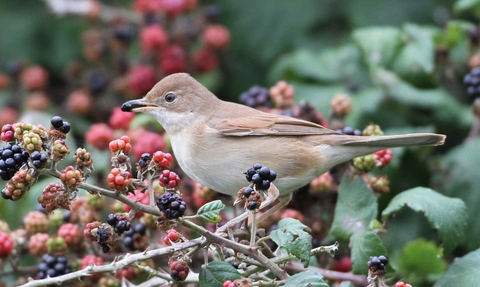
WildNet - Margaret Holland
Where to see wildlife in autumn
Autumn is a time when summer's lush greens become browns and oranges, punctuated with pops of red and purple berries. This is a time of nature's plenty, with a wonderful hedgerow harvest of blackberries, rose hips, crab apples, hazelnuts and seeds. For many birds it’s about arrivals and departures, some flying south. There is still much to see and enjoy as wildlife prepares for the long, cold winter.
Where to see waxcaps and grassland fungi
Brightly coloured waxcaps are a group of fungi that take their name from the waxy texture of their caps. There are about 40 species of waxcap in the UK, home to half the world’s population of waxcap species. Though not rare, they are an indication of unimproved grassland of which there’s little left in the Herefordshire so seeing them is quite a treat. Waxcaps are often found with other indicator species of fungi, belonging to the entolomas (pinkgills), coral, club and earthtongue groups.

Pink Waxcap (Hygrocybe calyptriformis) (c) Guy Edwardes/2020VISION
Where to visit as a family
Here are the best places for everyone in the family to enjoy nature this autumn. From exploring other-worldly woodland with its twisted limbs and exposed roots and enjoying a lakeside walk to den building and other nature-based activities.
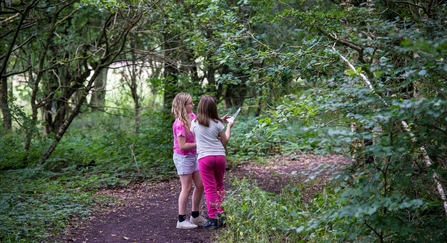
Knettishall Heath - Matthew Roberts
Where to see nature's autumn larder
As winter approaches, autumn is the time for wildlife to feast and build up reserves to last the long cold winter. The hedgerows have a beautiful display of berries, hips and ripening nuts as the nectar and pollen rich flowers that provided in the spring now give again. The developing seeds have an outer fleshy coating, tasty and colourful to attract birds and mammals. Nuts are particularly nutritious and often buried to eat later when food is scarce.
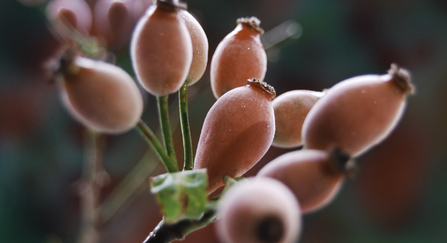
Rosehips (c) Alan Price
Where to see autumn colour
In autumn, the vibrant colours of summer flowers are replaced by equally dazzling displays of purple, red, orange, and yellow in our native woodland. As the green of chorophyll in leaves is broken down, it reveals yellow flavonols, orange carotenoids and red to purple anthocyanins. The mixture of these compounds differs between species to give us such magnificent displays.
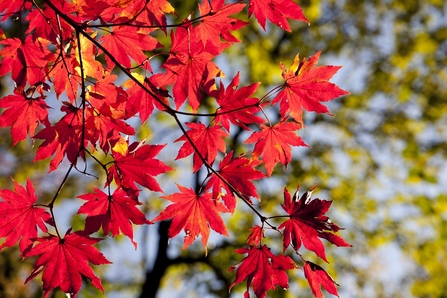
Maple leaves in Autumn
Where to see fieldfares and redwings
Autumn welcomes the arrival of fieldfares and redwings, noisy and gregarious birds often seen feasting in our orchards. They are very social birds, spending the winter in flocks of anything from a dozen or two to several hundred strong, moving from orchard to orchard across the countryside.
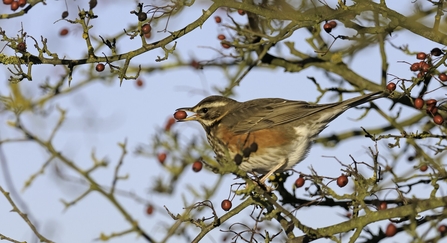
Redwing (Turdus iliacus) feeding on hawthorn berries (c) Chris Gomersall/2020VISION
